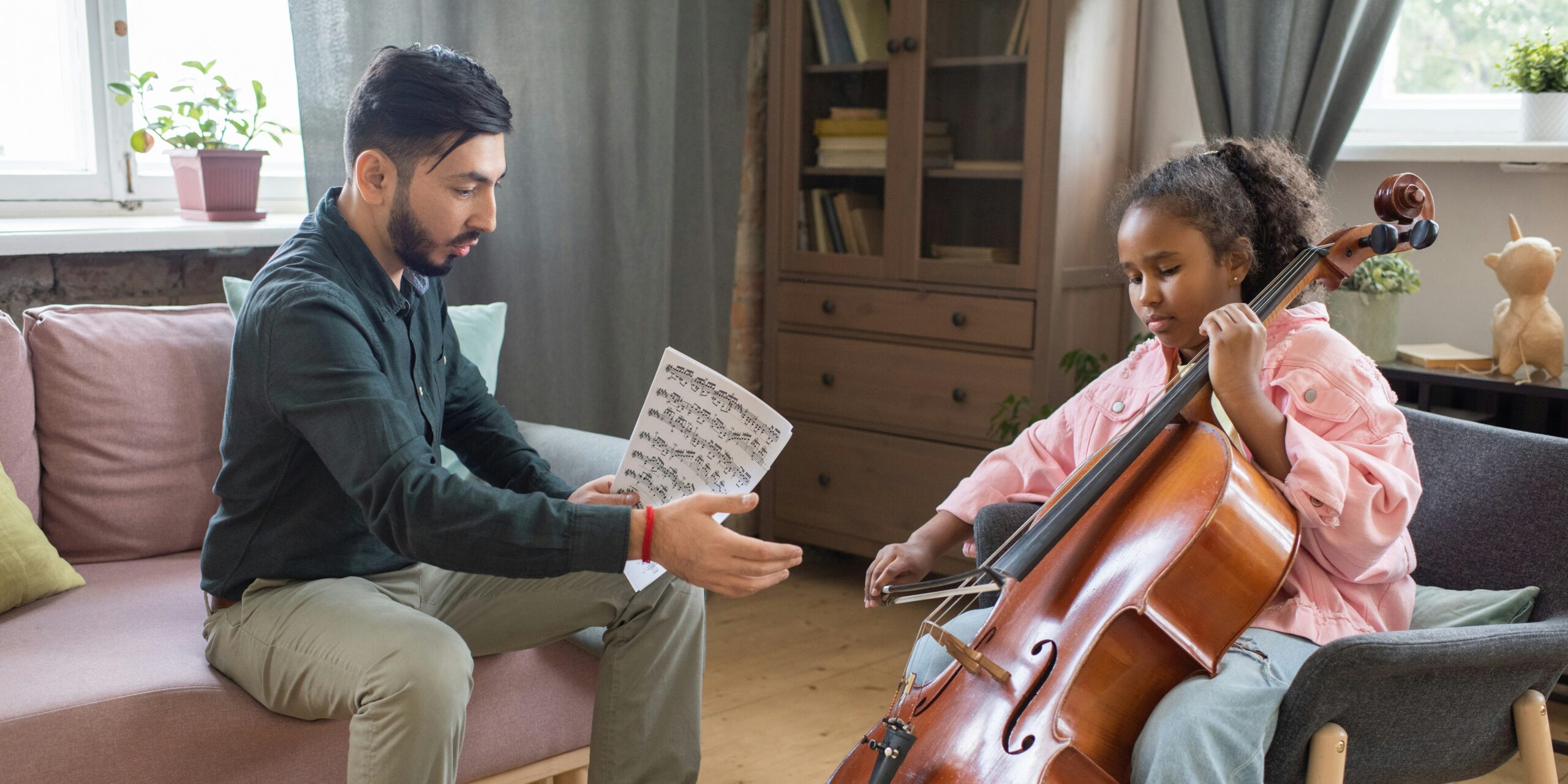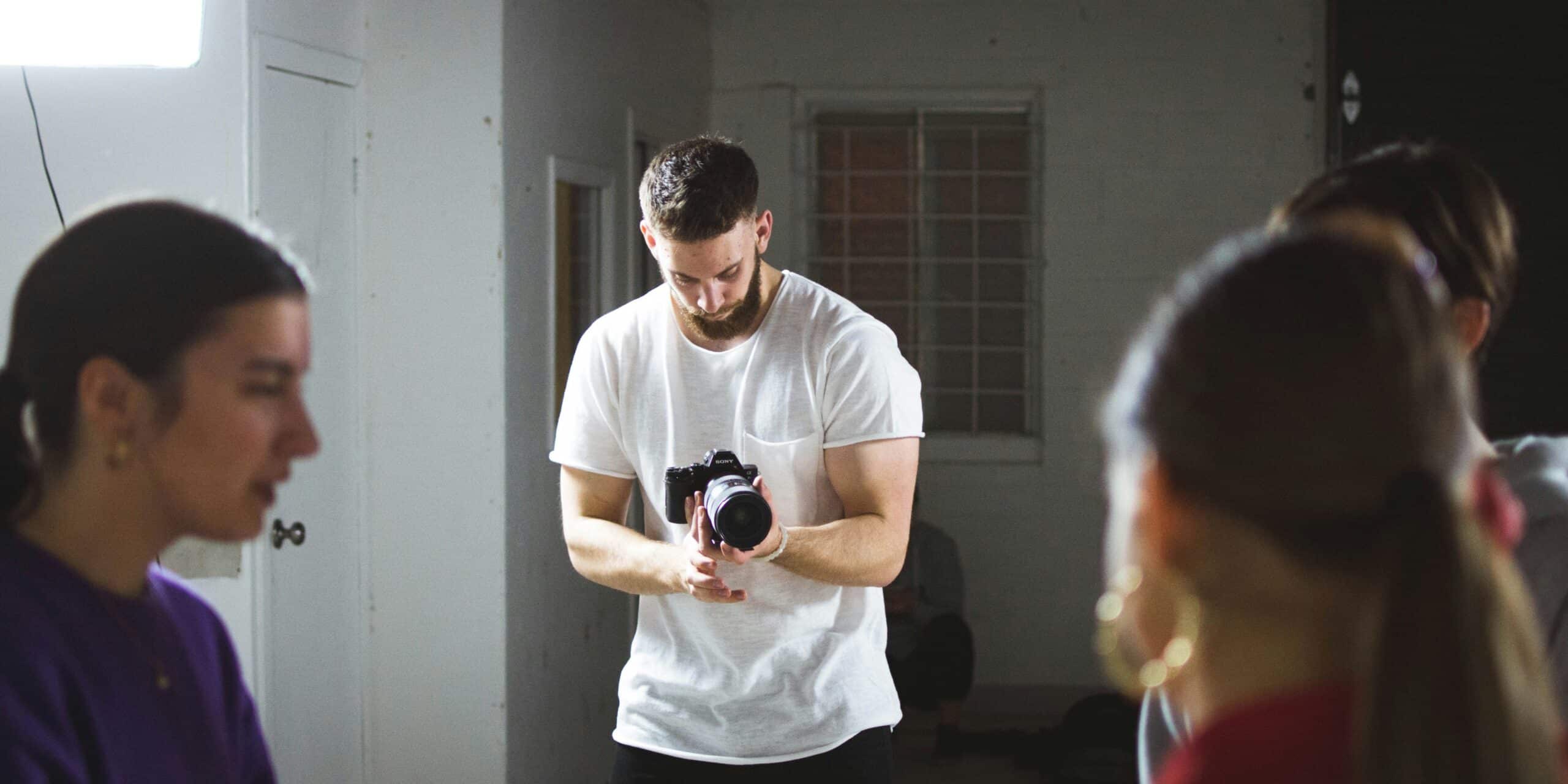Playing the violin is an incredibly rewarding art form, but it’s also physically demanding. The repetitive motions, awkward postures, and the need to hold the instrument for extended periods can put a strain on your body. If left unchecked, violinists can face aches, pains, and even overuse injuries that can sideline their musical journey. Let’s delve into the common physical challenges violinists face and some strategies to address them.
Posture Problems
Picture this: you’re engrossed in a beautiful piece, but your shoulders are hunched up to your ears, your neck is straining forward, and it feels like you could use a dental appointment from all the jaw clenching. Sound familiar? Unfortunately, when we get lost in the music, good posture often flies out the window. This poor posture isn’t just about looking awkward; it secretly chips away at your health, causing aches, pains, and frustrating tension that makes playing harder than it needs to be.
How do you become your own posture police? Start with your setup. A chin rest that’s too low or a shoulder rest that doesn’t fit right forces your body into weird positions. It’s like trying to run in shoes that are two sizes too big! Next, get friendly with your mirror. Practicing in front of a mirror is a great way to catch yourself slumping and make adjustments. Finally, think about your core. It’s your body’s powerhouse! Engaging your core muscles helps you sit or stand taller, taking the strain off your neck and shoulders.
“Think of good posture as creating a strong, stable foundation for your violin playing. When your body is aligned, your movements become more effortless and your sound can improve,” advises a seasoned violin teacher.
Tension Troubles
Ever finished a practice session feeling like you’ve wrestled a bear instead of your violin? That’s tension making its presence known! Especially when you’re starting out, it’s easy to grip the bow like you’re afraid it’ll run away, mash the strings like they owe you money, and forget that whole breathing thing while playing tricky passages. All this tensing up leads to tired muscles, achy hands, and a playing experience that feels more like a chore than a joy.
So, how do we loosen up? Sometimes, all you need is a little shake-out! Taking breaks to literally shake the tension out of your hands and arms can do wonders. Another easy trick is to pay attention to your breathing. Deep, slow breaths will calm your nerves and naturally relax your body. Lastly, remember that warm-up time isn’t just about getting your fingers nimble. Gentle stretches and slow scales can prepare your muscles and ease tension before you dive into the tougher stuff.
“Imagine your bow and violin as extensions of your body, not objects you need to control with brute force. Relaxation is often the key to smoother playing and a better sound,” suggests a veteran violinist.
Overuse Injuries: When Your Body Says “Enough!”
Think of overuse injuries like a ticking time bomb for violinists. You can push your limits for a while – long practice sessions, intense pieces, ignoring those little twinges – but eventually, your body will rebel. Tendinitis, carpal tunnel syndrome, that nasty neck pain that won’t quit… these aren’t minor annoyances, they’re serious injuries that can put your playing on hold for weeks or even months.
The good news is, you don’t have to just accept this as a violinist’s curse! The number one rule is simple: listen to your body! If it hurts, STOP. Don’t try to be a hero and play through the pain; rest and ice the area, and if the problem keeps nagging you, see a doctor or physical therapist. Another key strategy is to take things slow and steady. Bumping up your practice time from 30 minutes to two hours overnight is a recipe for disaster. Gradual increases give your muscles and tendons time to adjust.
Finally, remember that being a great violinist isn’t just about the hours you put in at the music stand. Activities like yoga, swimming, or strength training build overall fitness and help counteract the repetitive movements of playing. Think of cross-training as a way of making your body more resilient to those long practice days.
“Ignoring early warning signs of overuse is like driving a car with a flashing check engine light. It may run for a while, but eventually, you’ll end up stranded on the side of the road,” warns a sports medicine doctor who treats musicians.
Minor aches and pains might seem like they’re just part of playing the violin, but they can be warning signs of bigger problems down the road. If you experience persistent discomfort, seek help from a doctor, physical therapist, or a music teacher who specializes in injury prevention. Sometimes, small adjustments to your technique or practice habits can make all the difference in helping you play pain-free.
Addressing physical challenges isn’t just about adjusting your posture or practicing less. Violinists need to prioritize overall self-care to support their musical health. This includes getting enough sleep, eating a healthy diet, staying hydrated, and managing stress. A healthy body and mind are key to a long and fulfilling musical journey.
“Musicians sometimes neglect self-care as they focus intensely on their music. But maintaining physical wellbeing is as essential as mastering a difficult passage,” notes a Music Medicine physician.






